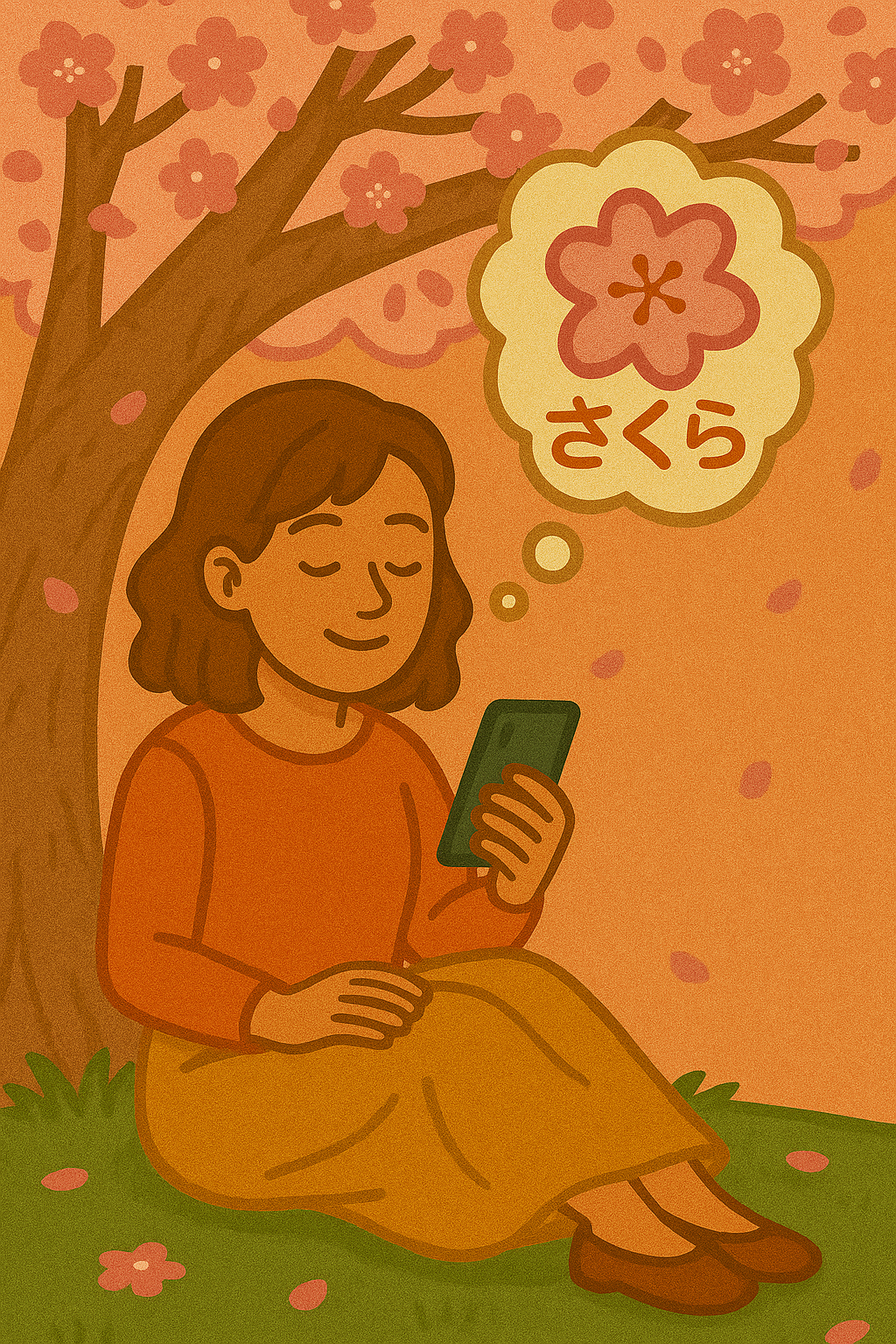Congratulations on learning Hiragana and Katakana with Kanabloom! Now that you've unlocked the building blocks of written Japanese, it's time to put your new skills into action. One of the most rewarding first steps is learning basic Japanese greetings. You'll be surprised how many you can read and understand with just your Kana knowledge!
Why Greetings Matter
Greetings are the cornerstone of communication in any language. In Japan, they are particularly important and show respect and politeness. Knowing how to say a simple "hello" or "thank you" can go a long way in making positive interactions.
Essential Japanese Greetings in Kana
Let's dive into some fundamental greetings. We'll show them in Hiragana (as most are native Japanese words), along with Romaji for pronunciation, and a brief explanation.
1. Good Morning - おはようございます (Ohayou Gozaimasu)
Kana: おはようございます
Romaji: Ohayou Gozaimasu (o-ha-yoh go-zai-mas)
Usage: This is your standard "Good morning." It's generally used until about 10 or 11 AM. For a more casual version with close friends or family, you can shorten it to おはよう (Ohayou).
Example: せんせい、おはようございます! (Sensei, ohayou gozaimasu! - Good morning, teacher!)
2. Hello / Good Day - こんにちは (Konnichiwa)
Kana: こんにちは
Romaji: Konnichiwa (kon-nee-chee-wah)
Usage: The general all-purpose "hello" or "good day." You can use this from late morning until early evening (around 5 or 6 PM). Notice the は (ha) is pronounced as "wa" when it's used as a particle, as it is here.
Example: みなさん、こんにちは! (Minasan, konnichiwa! - Hello, everyone!)
3. Good Evening - こんばんは (Konbanwa)
Kana: こんばんは
Romaji: Konbanwa (kon-bahn-wah)
Usage: Used as "Good evening" once it starts to get dark. Similar to こんにちは, the は (ha) is pronounced "wa."
4. Goodbye - さようなら (Sayounara)
Kana: さようなら
Romaji: Sayounara (sa-yoh-nah-rah)
Usage: This is the classic "goodbye." While well-known, it can sometimes imply a more permanent farewell or that you won't see the person for a while. For more casual "see you later" situations, Japanese people often use phrases like じゃあね (jaa ne) or またね (mata ne).
5. Thank You - ありがとうございます (Arigatou Gozaimasu)
Kana: ありがとうございます
Romaji: Arigatou Gozaimasu (a-ree-ga-toh go-zai-mas)
Usage: The polite way to say "Thank you very much." For a more casual thanks, you can simply say ありがとう (Arigatou). To express thanks for something in the past, it becomes ありがとうございました (Arigatou gozaimashita).
6. Excuse Me / I'm Sorry - すみません (Sumimasen)
Kana: すみません
Romaji: Sumimasen (soo-mee-ma-sen)
Usage: A very versatile phrase! It can mean "Excuse me" (to get someone's attention), "I'm sorry" (for a minor inconvenience), or even "Thank you" in situations where someone has gone out of their way for you (implying "sorry for the trouble").
Example: すみません、えきはどこですか。 (Sumimasen, eki wa doko desu ka? - Excuse me, where is the station?)
7. Yes - はい (Hai) & No - いいえ (Iie)
Kana: はい / いいえ
Romaji: Hai (high) / Iie (ee-yeh)
Usage: Simple and essential. "Hai" is "yes" and "iie" is "no."
Practice Makes Perfect!
Now that you can see these greetings written out using the Kana you've learned, try practicing reading them aloud. Listen to native speakers pronounce them too (many resources online!). The more you see and use them, the more natural they'll become.
Being able to read and understand these basic greetings in their native script is a fantastic milestone in your Japanese learning journey. Keep up the great work with Kanabloom, and soon you'll be recognizing even more words and phrases!
